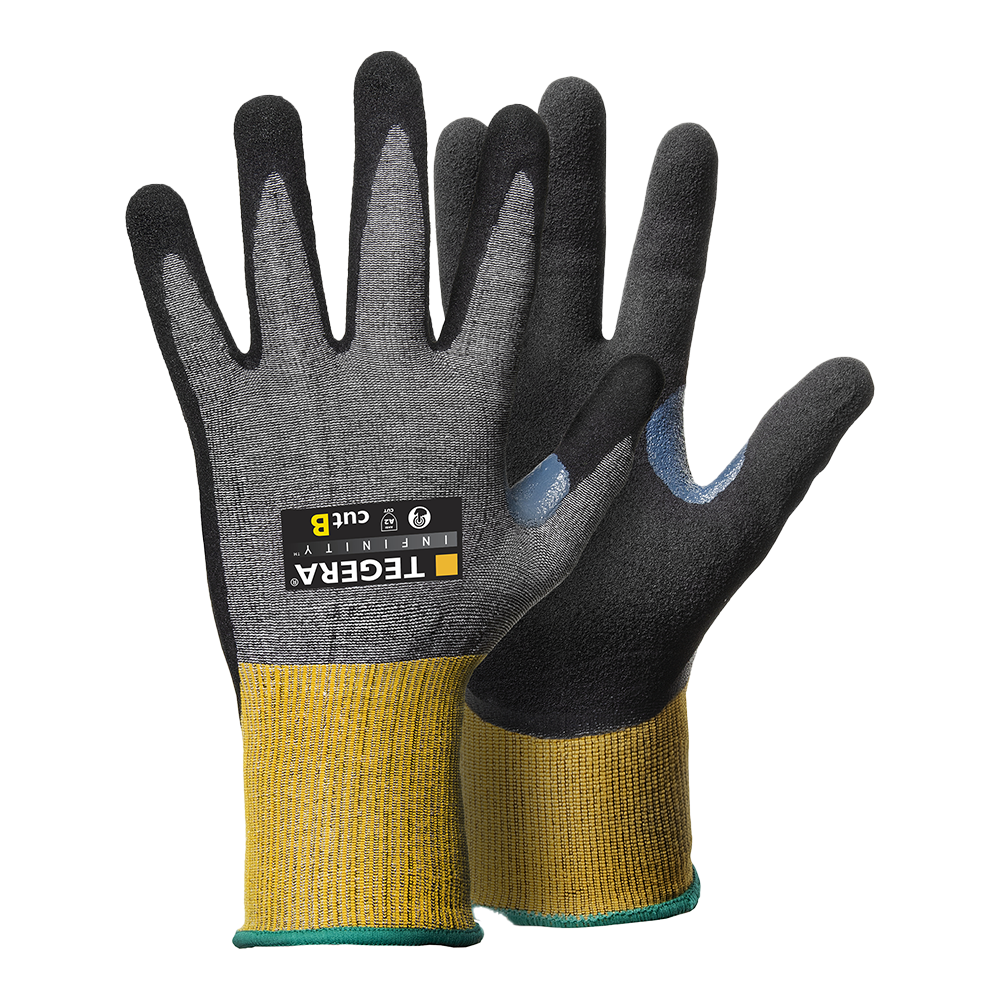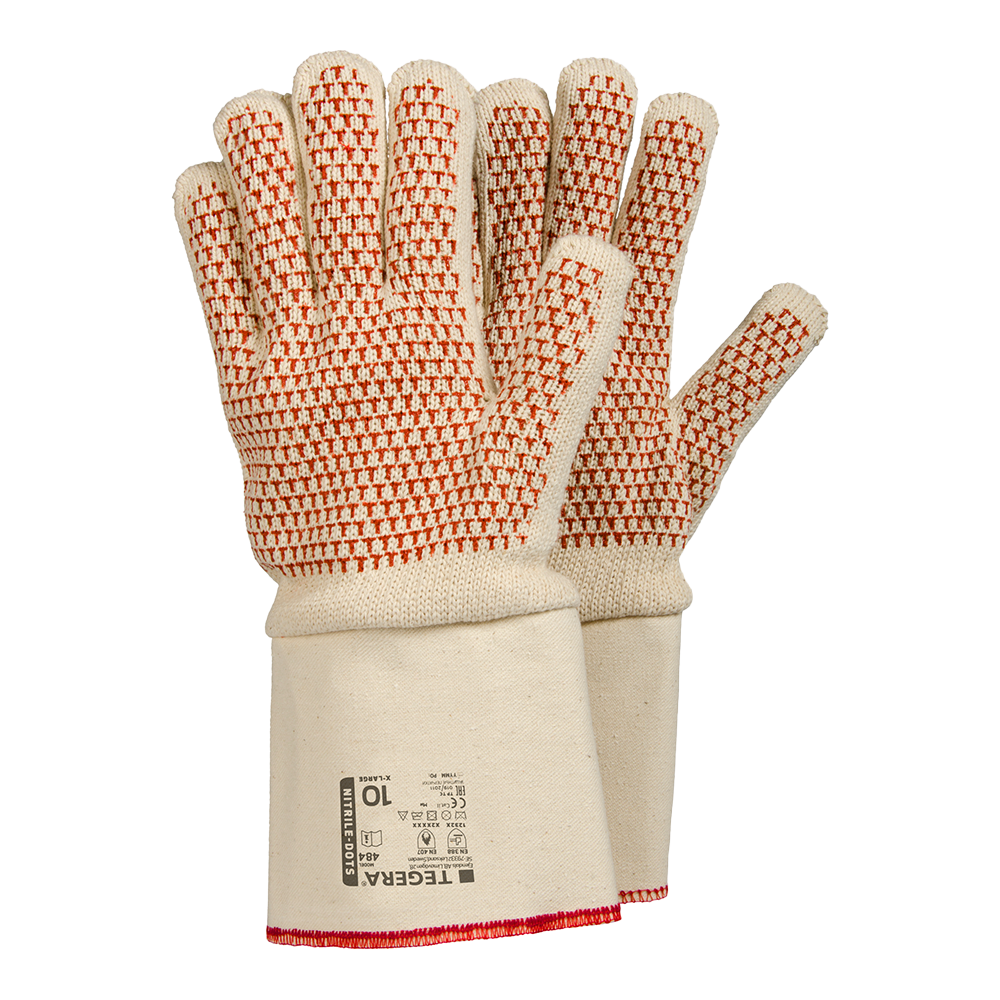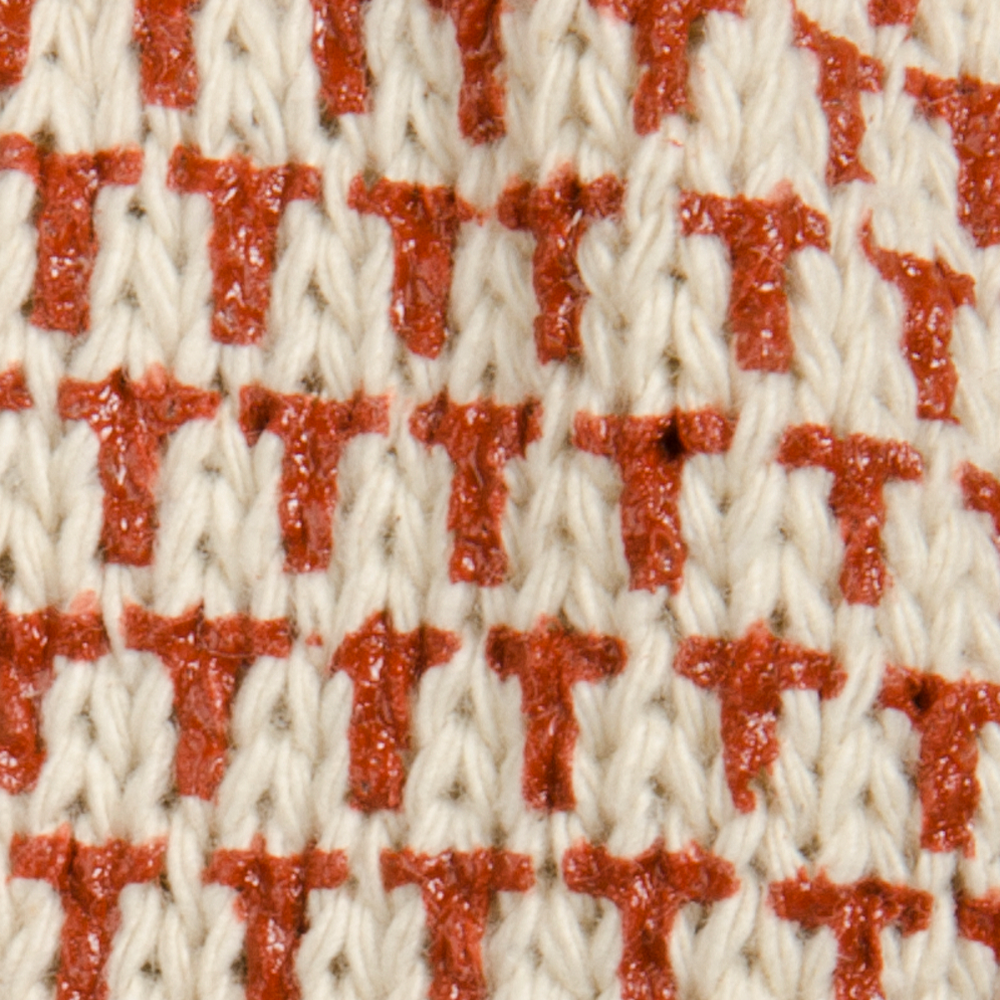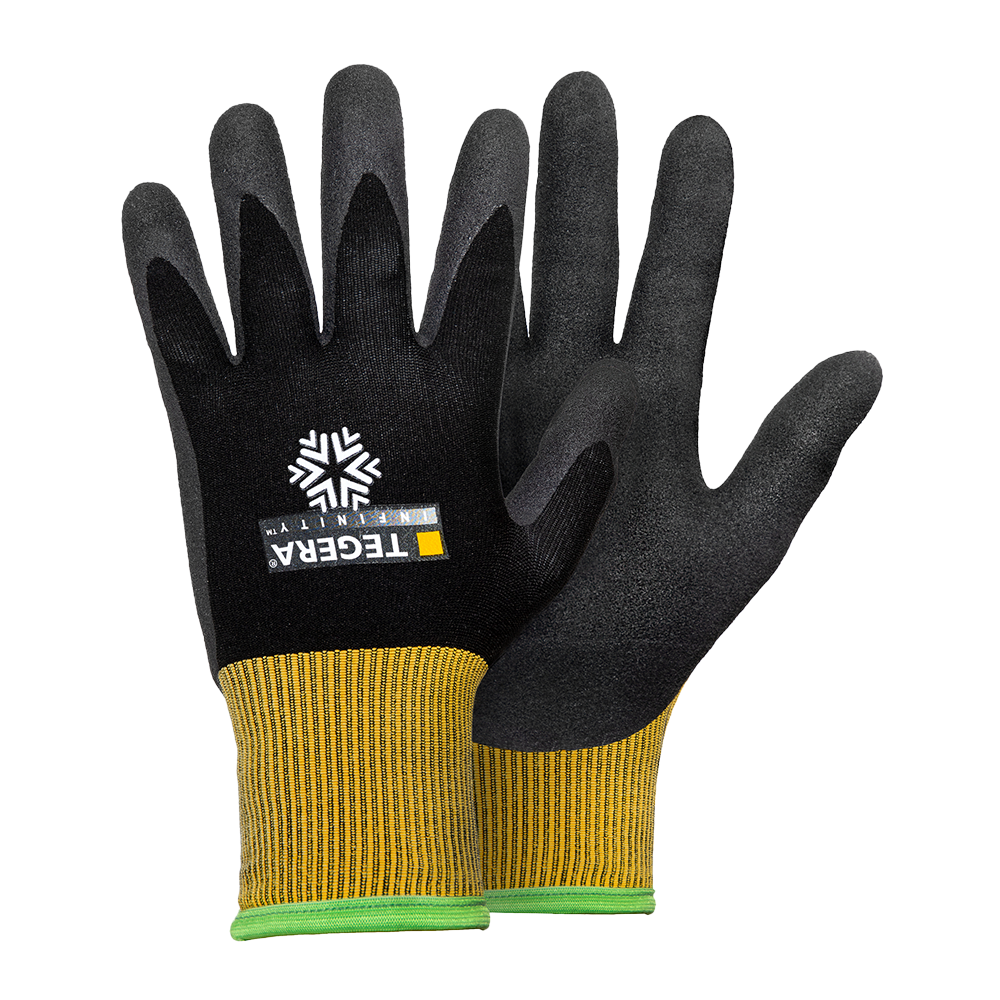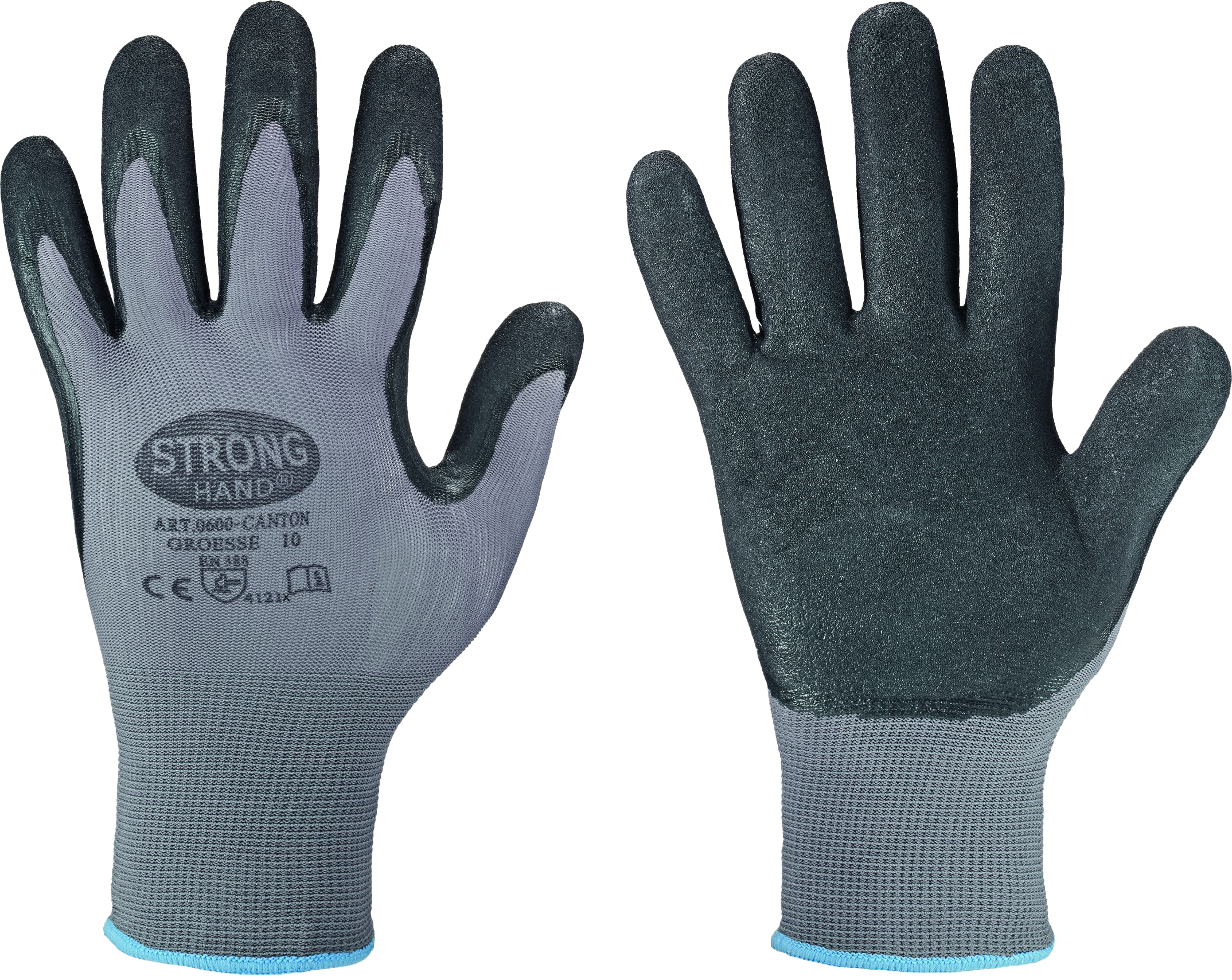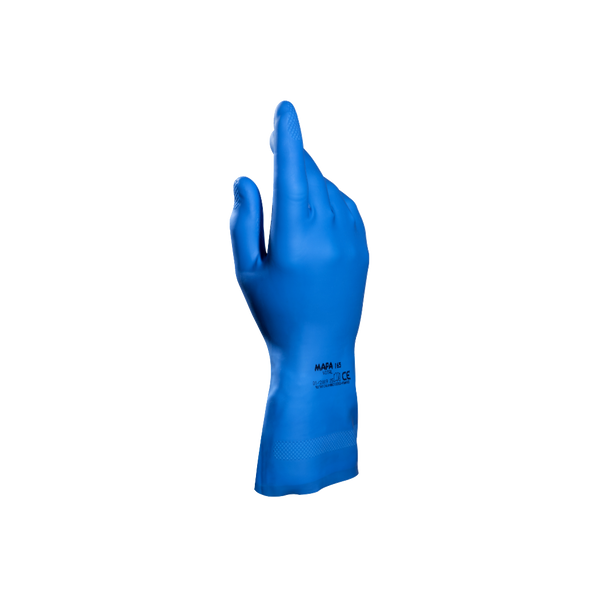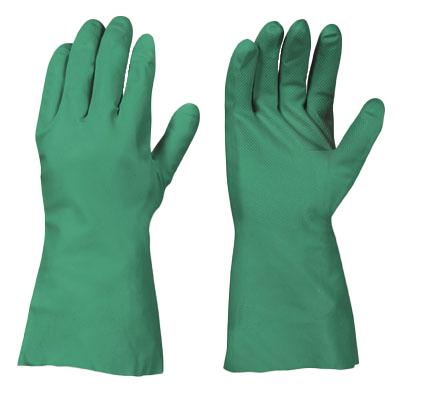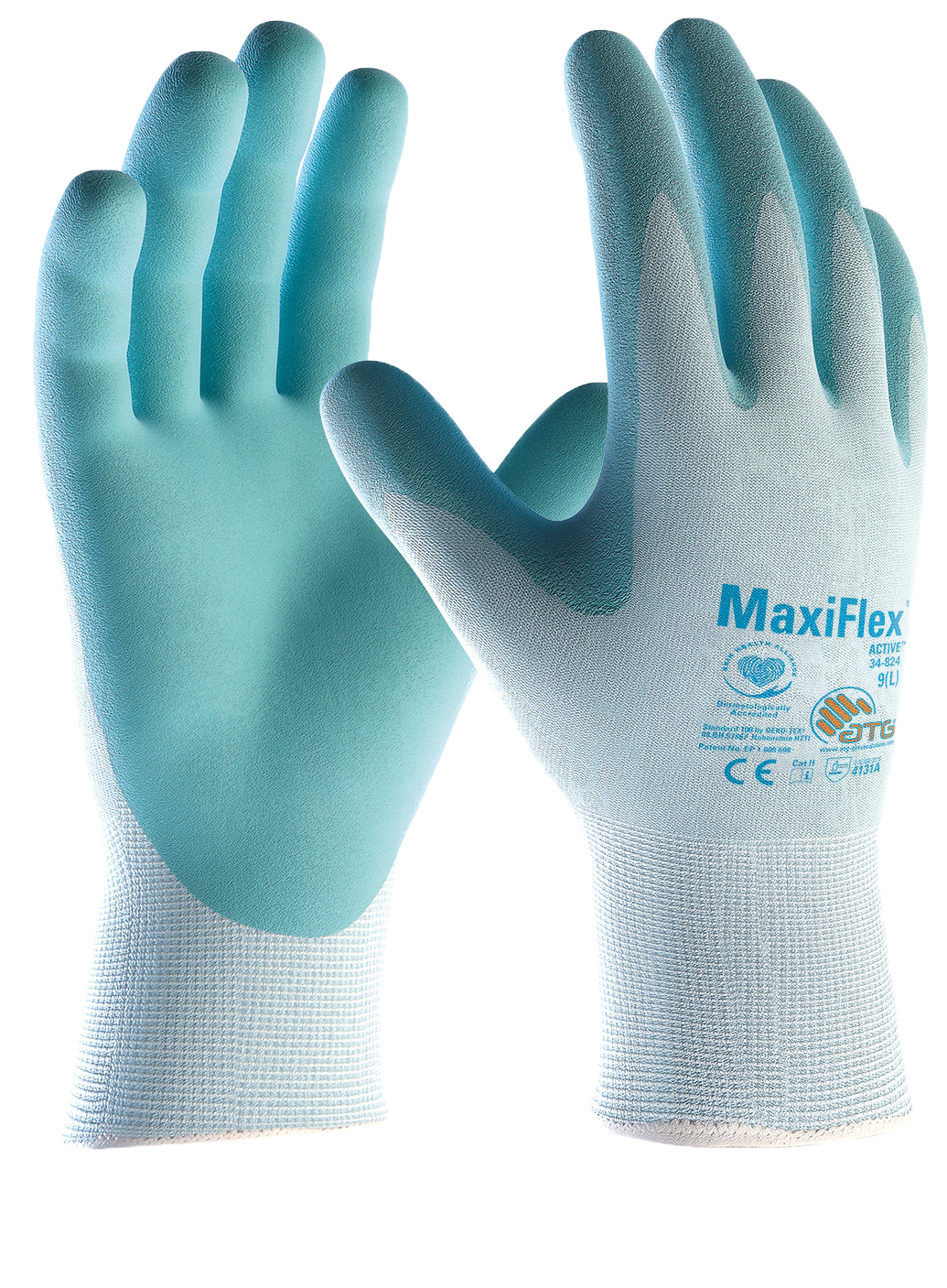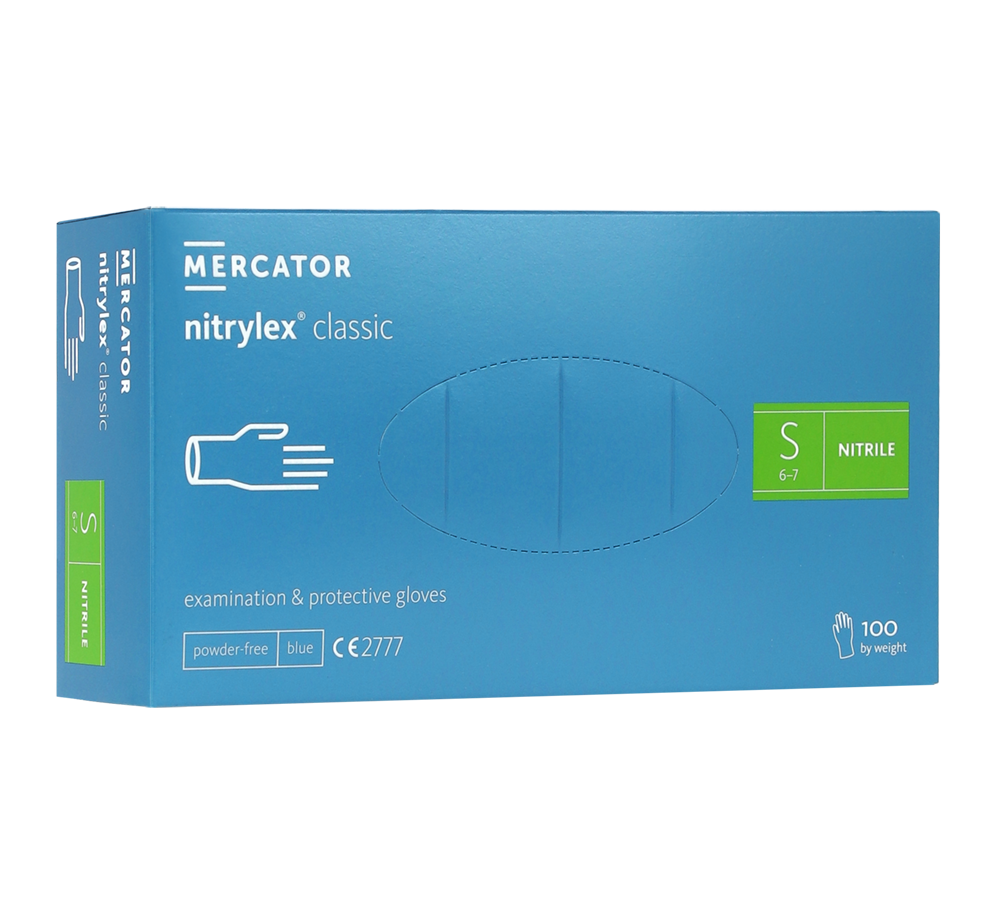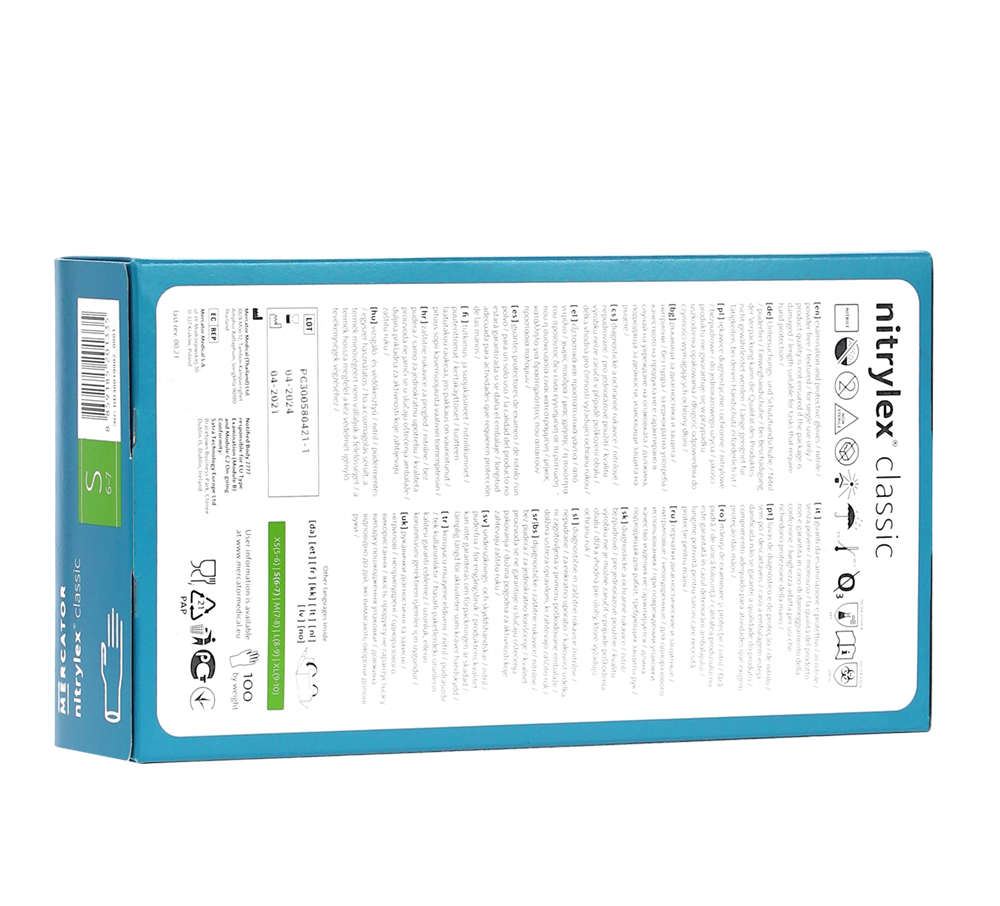The Right Hand Protection for Hygiene in the Food Industry & Logistics.
Latex, vinyl and nitrile gloves are suitable for food contact, but the exact use depends on the respective material properties. In the food industry, disposable gloves are predominantly found in blue, as the blue colour stands out particularly well against all foodstuffs. We will be happy to advise you on the food suitability of the corresponding gloves.
The use of disposable gloves in the food sector is often indispensable from a hygiene point of view. When using them, the health and safety of the wearer is paramount. In the food industry, it is important to note that the products must not come into contact with or be contaminated with substances that are harmful to health or to human consumption throughout the entire process up to consumption. The gloves must not only protect the wearer but also the products.
Hand protection systems protect against a variety of hazards. They prevent direct contact with toxic or corrosive substances, protect against skin irritation and dermatitis and prevent cuts and abrasions.
EN 455 - medical gloves for single use:
The European standard EN 455 specifies the requirements, test methods and labelling of single-use medical gloves. Gloves certified according to EN 455 should protect both the user and the patient or the product to be treated from contamination. The standard consists of four different testing parts.
EN 455-1 - Requirements and testing for leaks:
>It is mandatory that a disposable glove must be tight to ensure adequate protection against bacteria.
EN 455-2 - Requirements and testing of physical properties:
Here, the disposable glove is tested for its physical properties, such as its dimensions or tear resistance. It is also stipulated that the manufacturer must indicate the date of manufacture of the glove on the packaging.
EN 455-3 - Requirements and testing for biological assessment:
This standard specifies the extent to which powders, chemicals, endotoxins and removable proteins may be present in a disposable glove.
EN 455-4 - Requirements and testing to determine the minimum durability:
EN 455-4 covers the shelf life of a disposable glove. This is usually around 5 years after manufacture and must be indicated on the packaging together with the method of storage.
Nitrile or vinyl glove - which is better?
Nitrile gloves are significantly more resistant than vinyl gloves, but also significantly more expensive. A big difference is the stretchability and mechanical strength. Vinyl gloves tear more easily and allow less sensitivity.
Which hand protection is right for me?
Depending on the expected risks, different types of protection can be considered. First and foremost, gloves are used, which can be made of very different materials. The type of work to be performed and the extent to which protection for the wearer and the product to be handled must be ensured are the main factors to be considered.
When must hand protection be worn?
Depending on the activity, attention must be paid to whether hygienic hand protection is necessary. Hygiene is particularly important in the food sector. If you run the risk of contracting an injury or illness, you must use hand protection. In many companies, the wearing of hygienic hand protection is mandatory.
What are hygienic gloves for in the food sector?
Hygienic gloves are particularly suitable for handling fruit and vegetables, filleting fish, deboning poultry or in cheese production. It is particularly important that gloves are fully resistant to liquids when working with food. The distinctive exterior provides good grip in wet conditions.
How do I dispose of disposable gloves?
Used disposable gloves are generally disposed of in the residual waste. It does not matter whether they are vinyl, nitrile or latex gloves. None of these materials are designed to be recycled, so they are not suitable for recycling and do not belong in plastic waste.
Why are disposable gloves blue?
When using disposable gloves in the food industry, the blue colour is chosen because this colour does not naturally occur in food. Thus, blue gloves are immediately noticeable and can be removed to prevent the risk of contamination.




